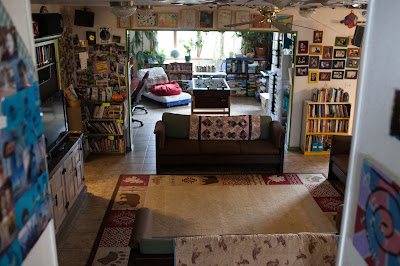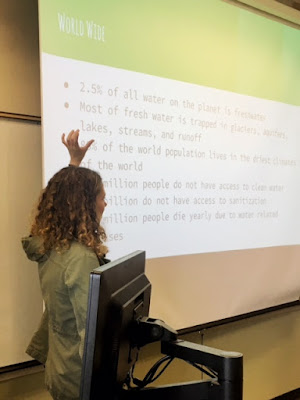We finally made it through class deliberations to the final awards ceremony! After making phone calls to the selected recipients, we held a little reception for everyone. Representatives of each of the non-profits, Youth Homes, Red Willow, and Court Appointed Special Advocates came to receive checks. The funded projects fit under the designated class topics of Mental Health and Youth issues.
Youth Homes was looking to fund a program to provide staff training by a trauma psychologist, who will help those that work with Youth Home kids to recognize and better adapt to the trauma kids may be facing as they enter out of crisis situations. Ana Crites spoke of her visit to Youth Homes, “When we arrived at the site, the staff stressed to us, ‘we don’t expect the kids to be grateful to be here. They’ve just come from a bad situation and our goal is to make them feel safe and that they have people they can connect and depend on’ this is what impressed me the most.
Red Willow, an organization also centering on trauma, healing and resilience is using the grant of under $3,000 to fully fund a veteran’s meditation class for the community for the year. This course in helping to retrain the minds of PTSD veterans, also targets a population of high risk of suicide within our community. In speaking of the Red Willow’s vet program Dominque Cuellar said, “It feels great to be able to give back to those that served the country”.
Finally, CASA or Court Appointed Special Advocates received a $3,000 grant to expand and train new needed volunteers to be paired up with a child going through the court system to advocate on their behalf during an injuring family crisis.
The ceremony died down with people leaving to finish out other finals of the semester, and as we go into the holiday season it was a nice reminder of how we can be empowered to connect and do good for others. It was a pleasure to get to see what they do to serve us here in Missoula.
















